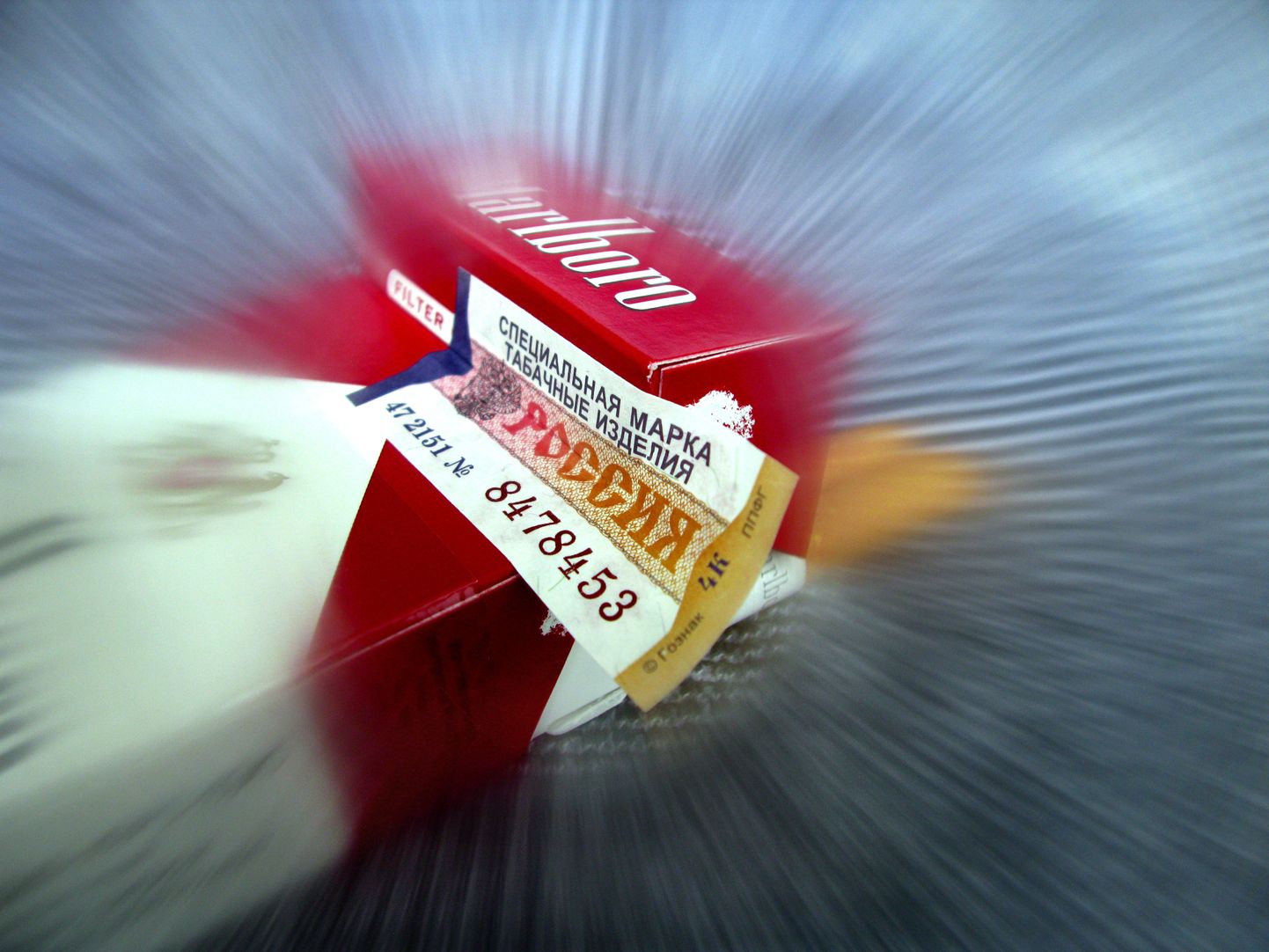With footwear, the filling of the sole may be of poor quality thus the sole will sink in time. Fake perfumes, however, may not be safe – no-one save the maker would know what has been put in there so the user may encounter chemicals causing allergy or irritation of skin.
Mobile phones and other electronics are being falsified as well and none will guarantee these meet the EU safety requirements. Often, Chinese products do sport the quality mark but may not comply in reality. Phone batteries have been known to explode while held in hand.
«For the most part, the technology devices will work, but with Samsung for instance their trade mark is protected, and with iPhone also the shape. Thereby, counterfeits are easier to detect,» said Mr Miksjuk.
«When people wish to bring in electronics, the product must undergo expert analysis in Estonia. For a private person, this spells loss of money and time as expert analysis and storage of the item come with fees. The product will not be allowed across the border until the document exists regarding it complying with requirements,» said Mr Miksjuk.
«In case of doubt, we have recourse to the local representative of the brand. After that, patent attorneys carry out expert analysis. They know how a product needs to have been packaged. With perfumes, for instance, there may be markings in the package revealing if this is original or not,» explained Mr Miksjuk.

